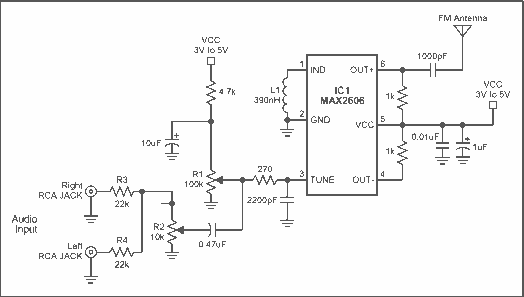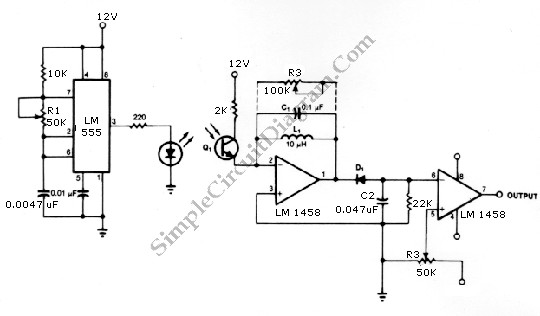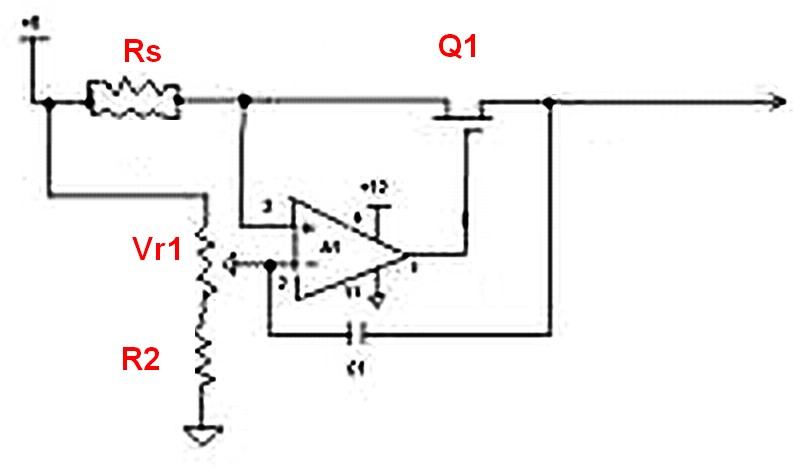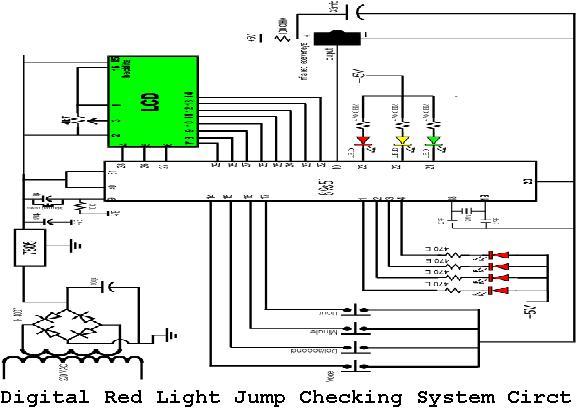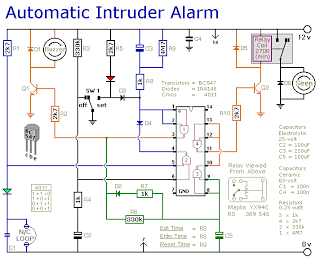
simple and powerful FM transmitter
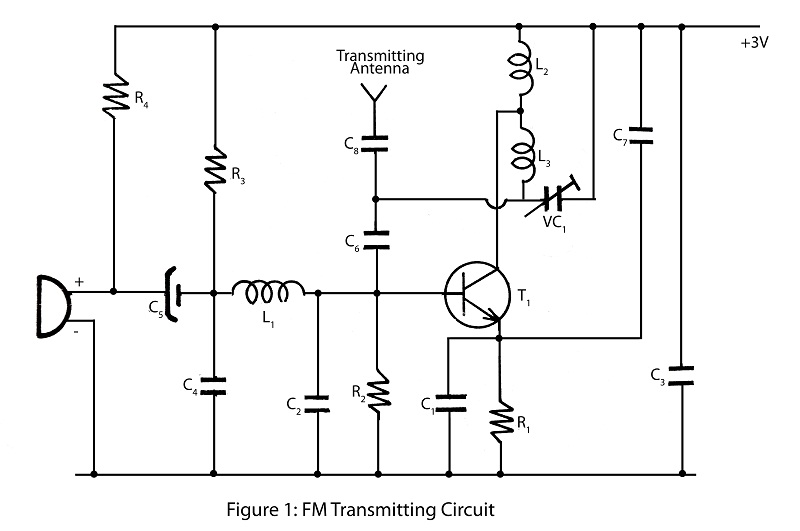
A simple and powerful FM transmitter is an interesting project that utilizes one transistor and operates within a frequency range of 100 MHz. The circuit diagram includes a description of the FM transmitter and various related interesting projects.
The FM transmitter circuit typically consists of a few essential components, including a transistor, resistors, capacitors, and an antenna. The core of the circuit is the transistor, which functions as an oscillator to generate the desired frequency. The circuit can be powered by a low voltage power supply, making it suitable for various applications.
The operation begins with the modulation of an audio signal, which is fed into the base of the transistor. This audio signal can originate from various sources, such as a microphone or an audio player. The transistor amplifies the audio signal, and through the use of capacitors and inductors, the circuit converts the audio modulation into an FM signal.
The design typically includes a feedback loop to stabilize the oscillation frequency and improve signal quality. The output of the transistor is then connected to an antenna, which radiates the FM signal over a specified range. The choice of antenna type and length can significantly affect the transmission distance and clarity of the signal.
In summary, the FM transmitter circuit is a straightforward yet effective project that demonstrates fundamental principles of electronics, including modulation, amplification, and RF transmission. It serves as an excellent educational tool for those interested in exploring the fields of radio frequency communications and circuit design.simple and powerful FM transmitter is a interesting project using one transistor range of 100 M circuit diagram with description of FM transmitter various interesting project. 🔗 External reference
The FM transmitter circuit typically consists of a few essential components, including a transistor, resistors, capacitors, and an antenna. The core of the circuit is the transistor, which functions as an oscillator to generate the desired frequency. The circuit can be powered by a low voltage power supply, making it suitable for various applications.
The operation begins with the modulation of an audio signal, which is fed into the base of the transistor. This audio signal can originate from various sources, such as a microphone or an audio player. The transistor amplifies the audio signal, and through the use of capacitors and inductors, the circuit converts the audio modulation into an FM signal.
The design typically includes a feedback loop to stabilize the oscillation frequency and improve signal quality. The output of the transistor is then connected to an antenna, which radiates the FM signal over a specified range. The choice of antenna type and length can significantly affect the transmission distance and clarity of the signal.
In summary, the FM transmitter circuit is a straightforward yet effective project that demonstrates fundamental principles of electronics, including modulation, amplification, and RF transmission. It serves as an excellent educational tool for those interested in exploring the fields of radio frequency communications and circuit design.simple and powerful FM transmitter is a interesting project using one transistor range of 100 M circuit diagram with description of FM transmitter various interesting project. 🔗 External reference
